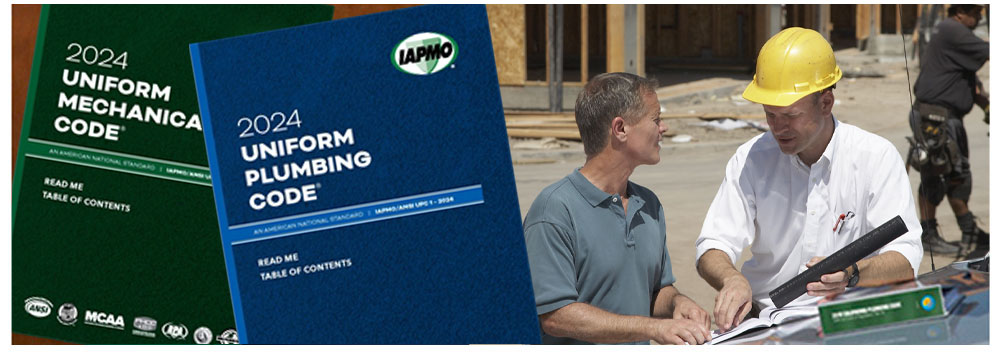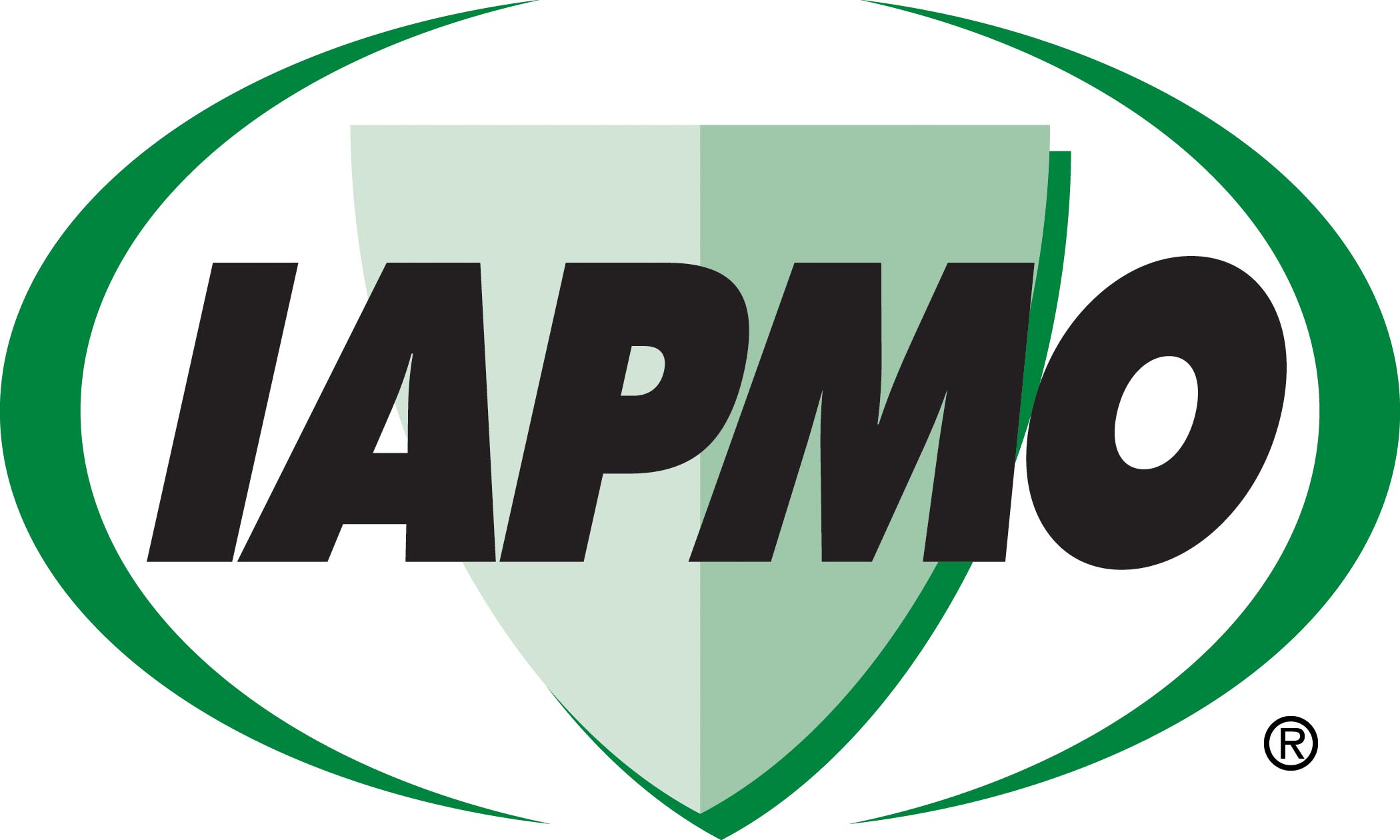April 3, 2025

From the 2024 UPC Illustrated Training Manual, Chapter 5, WATER HEATERS
504.1 Location. Water heater installations in bedrooms and bathrooms shall comply with one of the following [NFPA 54:10.27.1]:
(1) Water heater shall be of the direct-vent type. [NFPA 54:10.27.1(2)]
(2) Fuel-burning water heaters shall be permitted to be installed in a closet located in the bedroom or bathroom provided the closet is equipped with a listed, gasketed door assembly and a listed self-closing device. The selfclosing door assembly shall meet the requirements of Section 504.1.1. The door assembly shall be installed with a threshold and bottom door seal and shall meet the requirements of Section 504.1.2. Combustion air for such installations shall be obtained from the outdoors in accordance with Section 506.4. The closet shall be for the exclusive use of the water heater.
The installation of a gas-fired water heater in a closet opening into a bedroom or bathroom was previously prohibited because of combustion air requirements. With the desire to utilize as much space as possible in buildings, especially manufactured homes, apartments and condos; therefore, the above requirements were placed into the code. By requiring a gasketed door with a self-closing device, the occupants of a bedroom or bathroom are protected from the dangers of an open flame burning in a connecting room. Direct-vent water heaters, which pipe the combustion air and the exhaust to the outside, have been allowed in these areas for some time.
From the 2024 UMC Illustrated Training Manual, Chapter 12, HYDRONICS
1212.2 Where Required. Valves shall be installed in hydronic piping systems in accordance with Section 1212.3 through Section 1212.12. Valves shall be accessible.
Isolation valves are required in hydronic systems to allow the isolation of any device or component that will require servicing, repair, or replacement. Valves must be located on the supply and return piping so that the component or group of components may be separated from the rest of the system. Valves are also used to take system components out of service temporarily. Draining a water hydronic system causes air to enter the system, and will require that fresh water be introduced to refill the system. The time-consuming process of purging and bleeding air from the system and the corrosion problems associated with new water make it desirable to avoid system draining whenever possible. In order to change the tank air charge pressure, it is necessary to isolate the tank circuit from the main system piping. A high quality, gate type, lock-shield valve (isolation valve) should be used for this purpose.
(This is not to be considered the official position of IAPMO, nor is it an official interpretation of the Codes.)

IAPMO
IAPMO develops and publishes the Uniform Plumbing Code®,the most widely recognized code of practice used by the plumbing industry worldwide; Uniform Mechanical Code®; Uniform Swimming Pool, Spa and Hot Tub Code®; and Uniform Solar Energy, Hydronics and Geothermal Code™ — the only plumbing, mechanical, solar energy and swimming pool codes designated by ANSI as American National Standards — and the Water Efficiency Standard (WE-Stand)™. IAPMO works with government, contractors, labor force, and manufacturers to produce product standards, technical manuals, personnel certification/educational programs and additional resources in order to meet the ever-evolving demands of the industry in protecting public health and safety.
Last modified: April 3, 2025
